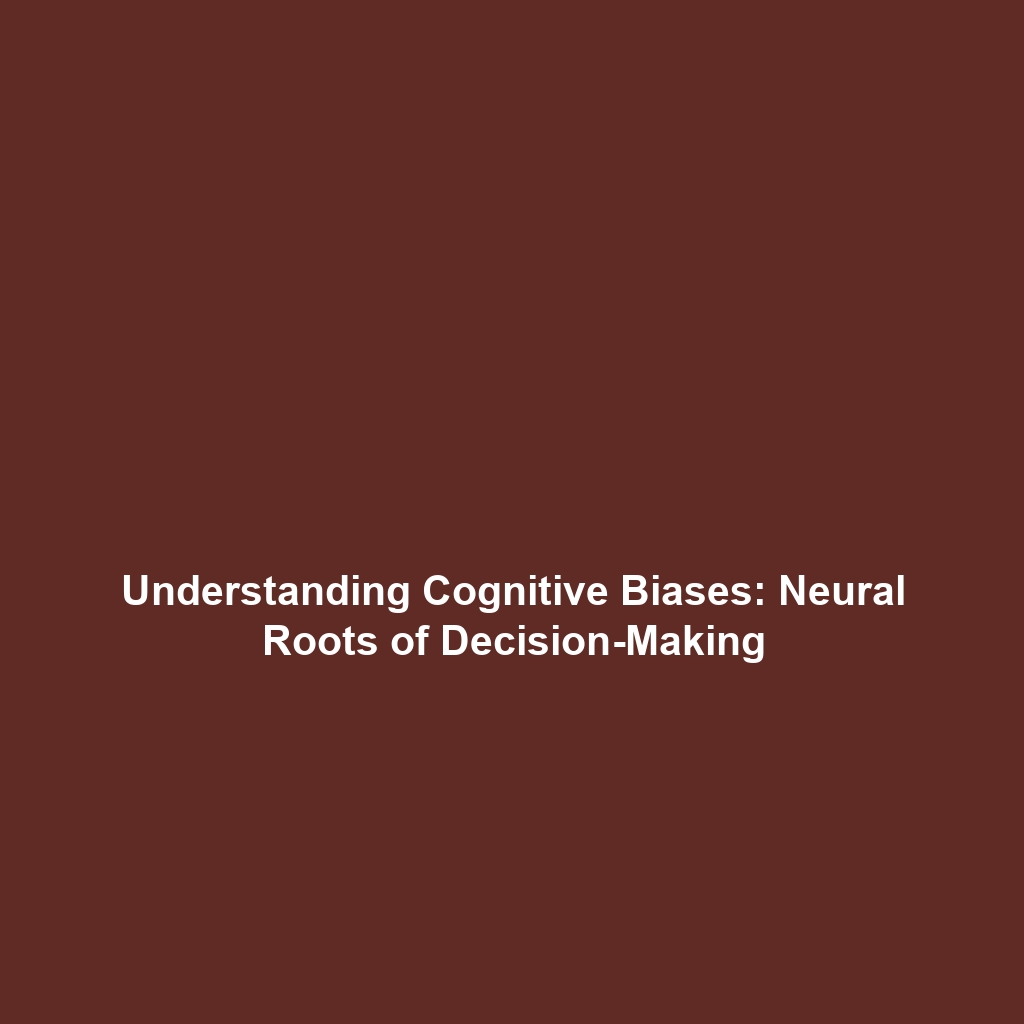Examples of AI Tools Used for Remote Patient Monitoring During Recovery
Introduction
Artificial Intelligence (AI) is revolutionizing healthcare, particularly in the area of remote patient monitoring during recovery. AI tools for remote patient monitoring utilize advanced algorithms and machine learning to collect and analyze patient data in real time. This technology is crucial for enabling healthcare providers to deliver timely interventions and personalized care. The significance of AI in healthcare cannot be overstated, as it enhances patient outcomes, optimizes resource allocation, and increases the overall efficiency of healthcare systems. As the demand for efficient healthcare solutions continues to grow, understanding the applications and impact of AI tools becomes essential.
Key Concepts
Fundamentals of Remote Monitoring Using AI
Remote patient monitoring (RPM) refers to the use of technology to monitor patients outside of conventional clinical settings. Below are the major concepts associated with AI tools in RPM:
- Data Collection: Sensors and wearable devices gather health metrics such as heart rate, blood pressure, and oxygen levels.
- Machine Learning: Algorithms analyze collected data to detect anomalies and predict potential health issues.
- Telehealth Integration: Remote monitoring integrates seamlessly with telehealth platforms for real-time consultations.
Applications and Real-World Uses
AI tools are significantly transforming remote patient monitoring. Here are notable applications:
Case Studies
- Heart Disease Management: Platforms like AliveCor use AI to analyze ECG data through smartwatches, enabling timely interventions.
- Diabetes Care: Endocrine Technologies deploys AI for continuous glucose monitoring, providing real-time feedback to patients and care teams.
- Chronic Pain Management: Qure.ai uses AI to interpret imaging data, assisting physicians in managing recovery from surgical procedures.
Current Challenges
Despite the potential benefits, several challenges hinder the effectiveness of AI tools in remote patient monitoring:
- Data Privacy: Ensuring patient data is securely stored and handled remains a critical concern.
- Integration Issues: Integrating AI tools with existing healthcare systems can be technically challenging.
- Regulatory Compliance: Navigating the complex regulatory landscape can delay AI tool implementation.
Future Research and Innovations
The future of AI in remote patient monitoring looks promising, with several innovations on the horizon:
- Advanced Predictive Analytics: Future AI tools will likely leverage big data to predict health events before they occur.
- Integration with Augmented Reality: New solutions may harness AR to enhance remote consultations and patient education.
- Personalized Health Insights: AI advancements will drive personalized monitoring systems that tailor care plans to individual patients.
Conclusion
The use of AI tools for remote patient monitoring during recovery is pivotal in the advancement of AI in healthcare. It creates opportunities for improved patient management, timely interventions, and ultimately better health outcomes. As technology evolves, the potential for AI to reshape healthcare is profound. For further reading on AI innovations in healthcare, explore our articles on telehealth advancements and data privacy in medical AI.
